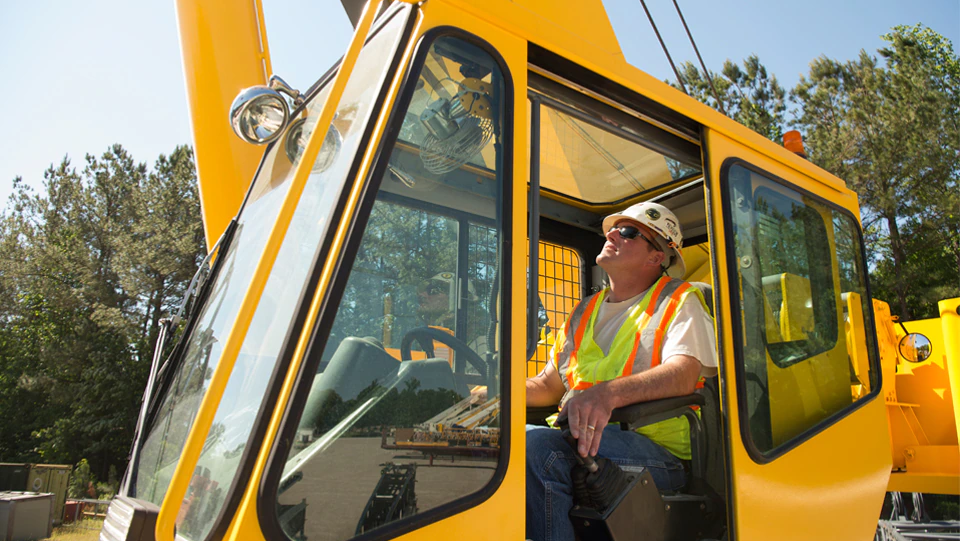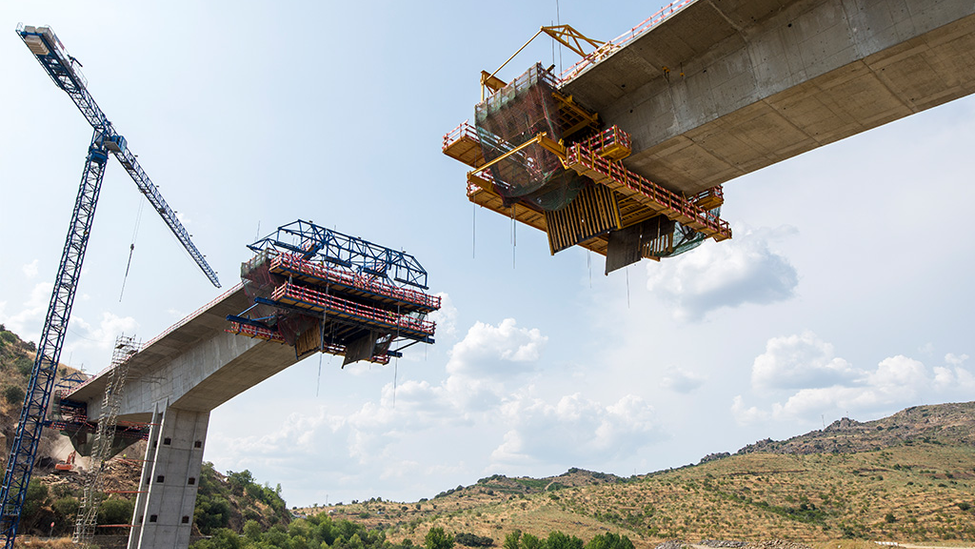What to Know About Post-Fall Rescue


For fallen workers who use fall arrest systems, prompt rescue is an essential part of an effective fall protection program and an OSHA requirement.1 Workers who are left suspended for an extended period or are unable to move due to injury or other reasons may experience medical complications including venous pooling in the legs. Additionally, full body harness straps that are not properly fitted can further restrict blood flow. Promptly removing workers who are suspended after a fall requires proper preplanning and training.
What are the hazards of harness suspension from a fall?
Fallen workers using fall arrest systems who remain suspended for an extended period of time may be at risk for various medical complications. Venous pooling can occur, which can lead to dizziness or fainting. Rescue plans should be designed to retrieve fallen workers from suspension as quickly and safely as possible. It is also important that a professional medical evaluation is provided to determine the condition of the worker following a fall. To help minimize suspension hazards:
- Full body harnesses should be properly sized to each worker.
- Train workers in the proper donning of full body harnesses, including how to adjust straps so they are not loose.
- Instruct workers to keep body parts moving to maintain blood circulation.
- Workers should not work alone while using a fall arrest system.
- Suspension trauma straps or similar devices may help reduce the risk of trauma.
- Fall rescue plans should be designed and documented prior to beginning work to help reduce the time that a worker may be suspended. Consider different rescue methods based on site conditions.
Why is a fall rescue plan important?
It is important to have a formal written rescue plan in place prior to beginning work. This way the field supervisors and workers have the guidance they may need before the possibility of a work zone accident. Rescuer(s) who are performing a rescue also require protection. Often, this may be accomplished by keeping rescues as simple as possible and putting the fewest workers at risk. Rescuers must use fall protection during a rescue. Remember these additional key components of a fall rescue plan:
- Document fire and rescue phone numbers and plan access routes for outside rescues.
- Inventory tools such as ladders, aerial lifts, hoists, rescue winches and their locations.
- Appoint a qualified person who will be on site to lead rescue efforts.
- Identify areas of the project that will require special rescue considerations.
- Train workers and give them clear descriptions of their role (if any) in a rescue.
- Retroactively evaluate the effectiveness of all rescues and use learnings to identify training opportunities and continuously improve rescue plans.
Each rescue plan needs to be job site specific. Many job sites may only require the use of ladders and lifts for rescues. However in all cases, a way to quickly contact outside medical personnel must be in place.
Rescue plan procedures
Self-rescue
A worker who experienced a fall may self-rescue by reaching a structure that is close by and climbing back up to a work surface. Other workers can aid self-rescue by lowering a rope to a worker who is suspended by their gear, allowing the worker to swing over to the nearby structure. Preplan by having workers use fall arrest systems with equipment that limits the total fall distance. This may help keep the worker within easy reach of a nearby structure.
Worker-assisted rescue
Rescues may also be initiated by workers nearby who have access to proper rescue equipment. Here are some considerations for using such equipment to perform a rescue.
- Only trained operators should operate equipment.
- The fallen worker should be safely in the crane or lift basket before removing their fall arresting equipment.
- When within 10 feet of fall victims, equipment operators should move equipment slowly to avoid striking the worker. This is especially critical in windy or uneven ground conditions.
- Ladders should be held at the base by other workers to help prevent slipping or kick out.
On-site rescue teams
It is important to have a procedure in place to contact an on-site rescue team if a worker is unable to self-rescue due to post-fall location or injury. Outside emergency services should be contacted whether the fallen worker appears injured or not. The rescue team should be trained in the proper use of rescue equipment, rescue procedures, basic first aid and CPR. The rescue team should also receive frequent refresher training that includes hands-on use of rescue equipment.
Off-site responders
If a rescue plan includes using the local fire department to provide rescue, it is important that they are contacted prior to starting the construction project. Many local fire departments do not have the training or equipment necessary to perform rescues from heights. Meet with them to understand their capabilities, limitations and response time. In some cases, it may be necessary to contract a professional rescue team.
Keep workers safe with a fall protection rescue plan.
Having well-documented rescue plans in place before work starts can be essential to for preserving the safety of anyone in your work zone. The rescue plan design is specific to the work zone and is based on a thorough evaluation of site conditions and resources.
It is important to train workers on work zone safety best practices to minimize the risk of falls. Prevention is key as fall arrest systems should be the last line of defense to protect workers from falls. Proper training on the use of fall protection systems and a documented post-fall rescue plan are essential for helping protect workers. Remember, prolonged suspension from a fall arrest system can result in severe injury or even death. So be prepared to mitigate the risks of suspension trauma. Have a post-fall rescue plan in place before beginning work.
Learn how Travelers risk expertise can help you create safer work zones, contact your agent or speak to a Travelers representative.
Sources:
1 https://www.osha.gov/sites/default/files/publications/shib032404.pdf



